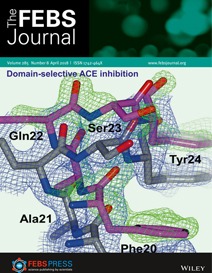Oxidative damage due to increased oxidative stress may be an important factor in the pathogenesis of Huntington’s disease (HD) and other neurodegenerative diseases including retinal diseases, Parkinson’s disease (PD), and Alzheimer’s disease. High brain levels of polyunsaturated fatty acids (PUFAs) and transition metals, coupled with high oxygen utilization and modest antioxidant defense, create an environment especially vulnerable to oxidative damage. HD is a fatal disease causing progressive degeneration of selected neuronal populations, primarily in the striatum and the cortex. The mutation responsible for HD is an abnormally (above 39) expanded and unstable CAG (encoding glutamine) repeat within the coding region of the gene encoding huntingtin. Mitochondrial dysfunction is an important aspect of HD. Oxidative damage is present in the very early stages of HD, suggesting that it may contribute to HD pathogenesis.
Reactive oxygen species (ROS)‐initiated nonenzymatic lipid peroxidation (LPO) of PUFAs such as linoleic (Lin), linolenic (Lnn), arachidonic (ARA), eicosapentaenoic (EPA), and docosahexaenoic (DHA) acids is the major contributor to oxidative damage, resulting in altered membrane fluidity and changes in membrane‐bound enzymes and receptors. LPO of PUFAs by ROS is initiated by abstraction of bis‐allylic (between double bonds) hydrogens, generating resonance‐stabilized free radicals that subsequently react with molecular oxygen to form lipid radicals. These newly formed species abstract a hydrogen atom of an adjacent PUFA molecule, thus propagating a chain reaction.
Read more…

